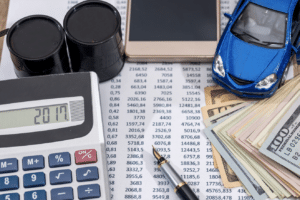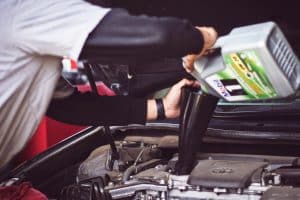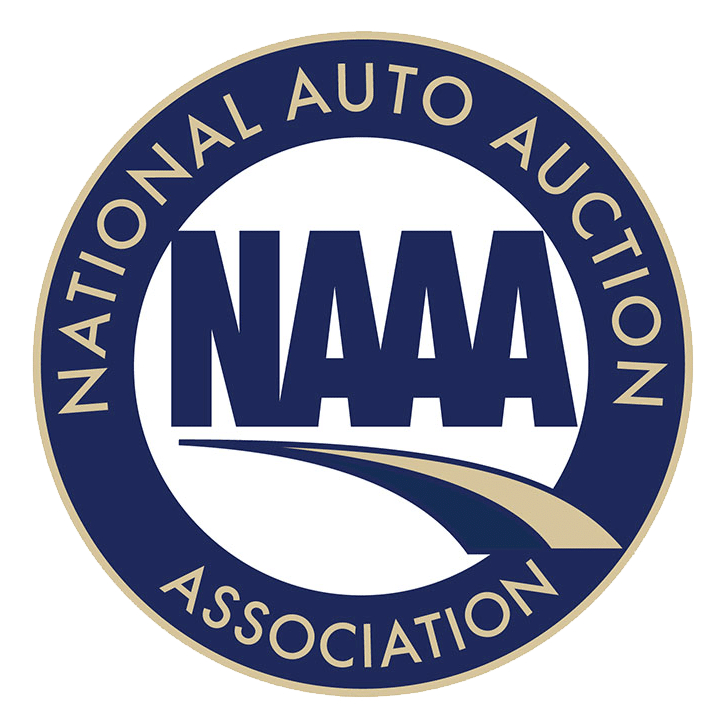Buying a used car in Ontario can be a rewarding experience when approached with the right knowledge and preparation. This guide walks you through the essential steps to ensure a smooth and successful purchase. From understanding vehicle history and negotiating prices to securing financing and completing paperwork, we explain everything you need to know. By following our expert tips, you’ll be well-equipped to make an informed decision and drive away with a reliable used car that fits your needs and budget.
Step-by-step guide on how to buy a used car in Ontario
Navigating the used car market in Ontario requires careful planning and attention to detail. This step-by-step guide will walk you through the entire process, from researching vehicle history to finalizing the sale, ensuring a smooth and informed purchase.

1. Decide on the car you want to buy
This is by far the most important step. This is the car that will likely be with you for the foreseeable future, so it makes sense to spend a reasonable amount of time considering your options. Some people just hate the car buying process and may rush into the decision. Everything from dealing with salespeople, comparing specs, and even the test drives may drive you crazy. However, avoiding the research is the quickest way to end up with the worst models on average.
Look for reviews
Consult impartial review sites like Consumer’s Reports. Watch test drive videos on Youtube. Remember, many journalists are automobile enthusiasts so take some of their opinions with a grain of salt. If they think a car doesn’t accelerate well or handle nicely, they might be comparing it to the last sports car they tested.
Determine the right price
It’s important to check market prices and discard extremely high and low prices, as some sellers may overprice or offer faulty vehicles, while others might have low prices due to visible scuffs or past repairs. Aim for a mid-range price and investigate why it’s lower—perhaps it’s a Ford at a Toyota dealer. Monitor the market for a few days or weeks to understand pricing trends, and before visiting the dealer, review the CARFAX for details on warranties, extra charges, and the vehicle’s retail value.
Identify important features for you
Choosing the right vehicle involves examining crucial features. By focusing on vehicle identification, vehicle class, and key details such as fuel economy and safety conditions, you can make an informed decision that suits your needs and preferences.
- Fuel Economy: Assess the vehicle’s fuel efficiency to ensure cost-effective operation.
- Safety Conditions: Check safety features and ratings for peace of mind and protection.
- 4-Wheel Drive: For trucks and SUVs, consider 4-wheel drive for better performance in various conditions.
- Body Type: Choose between different body types (e.g., sedan, truck) based on your needs.
- Emissions: Review the vehicle’s emissions to comply with environmental regulations.
- Vehicle Options: Evaluate available options like sets of wheels and other features to match your preferences.
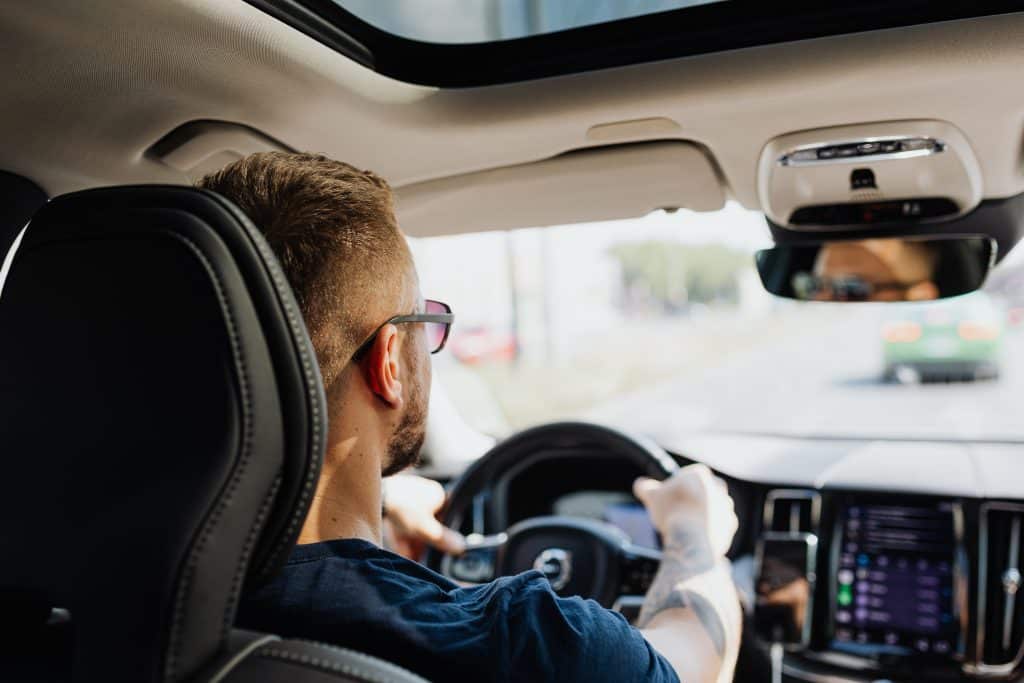
2. Test drive
Test driving a vehicle is essential to confirm its condition and ensure it meets your expectations. By examining vehicle details firsthand, you can assess its performance and comfort. This step helps protect you from potential issues or dishonest sellers. A test drive provides peace of mind, reassuring you that the current owners are selling a vehicle that is in good shape and meets your needs before finalizing the purchase.
3. Checks and Inspection
UVIP
Before all: the seller is legally required to provide the UVIP (Used Vehicle Information Package). A UVIP outlines a vehicle’s specifics, ownership, and history, including make, model, color, engine, and past owners. It reveals liens, wholesale value, minimum retail sales tax due, and the vehicle’s condition, aiding in comprehensive assessment. While a UVIP offers valuable information, it’s not sufficient for a safe purchase as it doesn’t include mechanical checks or inspections.
Safety inspection
Before registering a car on the road in Ontario (section 7-Registration) the vehicle must have a Safety Standards Certificate. This certificate is signed by a licensed mechanic after inspecting the vehicle for roadworthiness and safety. The “Safety” is not a guarantee of reliability or longevity, but just a check at the time that certain criteria are met.
This focuses on the following items and vehicle condition checks:
- All seat belts in good condition
- No airbag faults
- Tires and brakes in safe working order with a minimum of remaining life
- No holes in the body or frame that compromise the structural integrity or allow exhaust to enter the car,
- All lights and signals are working properly.
While these are basic, many things like air conditioning, stereo, or other important features are not checked. A safety inspection costs about $130 + taxes. Of course, it depends on the garage you chose.
Pre-purchase inspection
If the seller is providing the safety certificate, I would still insist on a third party inspection. I’ve seen too many people surprised after buying the car, as the safety is only a basic check and doesn’t cover all the points that can cost you a leg.
The pre-purchase car inspection will check things that the safety doesn’t and be able to give you a better idea about the condition and history of the vehicle. At CarInspect, we also tell customers the costs to expect in the near and middle term in terms of repairs and maintenance.
Vehicle History Report
A vehicle history report is crucial to make an informed purchase, offering insights into the car’s past that aren’t visible during a test drive. CARFAX provides these reports, providing detailed information about previous owners, vehicle ownership, and any existing liens.
Reviewing this report ensures you pay a fair price by revealing potential issues or irregularities. It also helps uncover important information about the vehicle’s condition and history, protecting you from unexpected problems and ensuring peace of mind with your purchase.
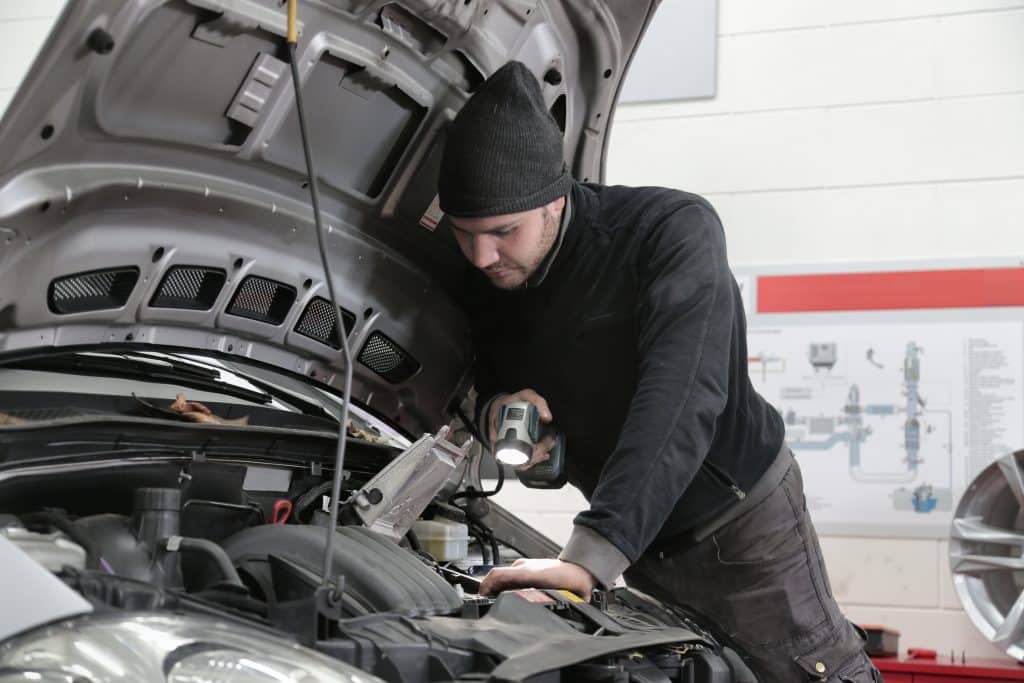
4. Negotiate
I know, negotiation can be scary. You’ll find all kinds of negotiation guides about buying cars on the internet and much of the information is simply out of date or hard to do.
If you are negotiating, do it after the inspection. You can make your best offer only when you’re aware of the condition. Don’t be shy to ask for a price adjustment and/or repairs to the defects your inspector notes. If it is at a dealership, you can try to negotiate some equipment (for example the tires). While “everything is negotiable” and you won’t get what you don’t ask for, it’s important to be realistic also.
5- Arrange financing
How to pay for your vehicle is a subject of strong debate. Many will avoid financing or leasing in favor of paying cash. While others would prefer easy monthly payments on a nicer car and don’t mind the additional interest cost. Either way, someone’s got to pay for the car! Car dealers often have a number of banks and lenders competing for your business.
While if you’re buying from a private party, you can speak to your bank or credit union about the options. If you’re bringing your own lump sum payment, just be sure to clear it with the seller that you’re bringing a certified cheque or bank draft.
Top Tip: Avoid carrying large amounts of cash money to a dealer or meeting with a private seller, no one needs that risk.
6- Get insurance
A minimum of 24 business hours before taking delivery, you’ll need to arrange insurance. Insurance is mandatory in Ontario and it’s an offense not to carry proof of liability insurance when you’re driving your car. The minimum is $200,000 but most policies offer $1 Million as a starting point. The minimum has not kept up with inflation and if you’re sued for something you’ve done on the road $200,000 won’t get you very far. Decide on your deductibles and if the car is worth carrying Collision Insurance, most are!
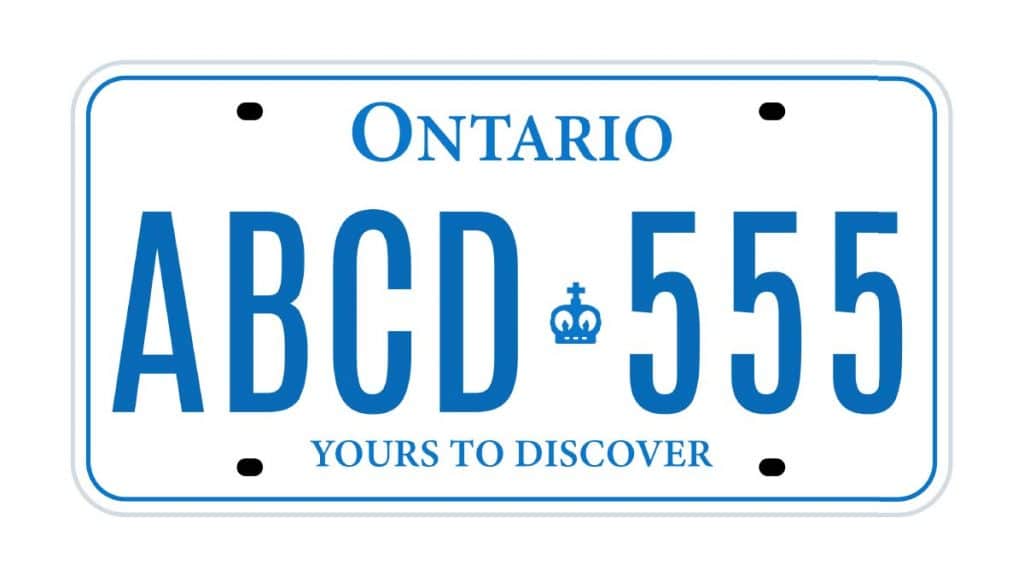
7- Registration
In Ontario, you’re required by law to register the change of ownership of a vehicle within 7 days. At car dealerships, they will handle this function for you. If it’s a private sale, we recommend attending the Ministry office with the buyer and seller both present to complete the registration. Don’t risk forgetting to make the change or selling your vehicle to someone without witnessing the transfer.
If it’s a private sale, during registration is also where you’ll need to pay tax on the fair market value of the vehicle or the agreed purchase price, whichever is higher. Bring your safety inspection, insurance, and funds to pay for the HST.
How to buy a used car privately in Ontario?
When considering how to buy a used car privately in Ontario, it’s essential to understand that between 30% to 50% of buyers choose this route. The allure of purchasing a vehicle privately often lies in the potential for more attractive pricing compared to dealership offerings. However, this method typically requires a bit more legwork and diligence on the part of the buyer.
The steps are the same as purchasing to the dealership, except that you won’t be invited to the F&I (Finance & Insurance) office where a dealer typically tries to sell you some financing and insurance products.
However, here are some key considerations:
Pre-Purchase Inspection
Take into consideration that private sellers don’t know their car’s condition (even if they tell you they maintained it well!!). This makes it even more crucial for you to have the vehicle inspected by a professional and third-party mechanic like CarInspect. An inspection can uncover potential issues that may not be visible to the untrained eye.
Beware of Scams
The “fake private seller” scam is a potential risk when buying a used car privately. This can include sellers who are not the legal owners of the vehicle. They are individuals who sell multiple cars under the guise of being private sellers. Their cars are often involved in scams, such as odometer tampering to inflate the sale price.
Here are three tips to avoid them:
- Confirm the seller’s identity online. Google the seller’s name; if you find multiple cars listed under their name, it’s a red flag!
2. Ensure meetings take place at their home, not in public parking lots for example, and verify that the vehicle is registered in their name.
3. Sometimes, these “fake private sellers” might tell you they’re selling a car that belonged to their deceased grandmother or a mother who has left Canada. They use stories like these to make the sale seem more trustworthy and urgent, playing on your emotions to rush the decision. Be wary when sellers are providing elaborate stories.
Payment
To make a payment to a private car seller, agree on a deposit to reserve the vehicle, usually around 5% of the vehicle’s value. We recommend signing a contract to formalize the agreement and protect both parties. This ensures clarity on the terms and secures your commitment to the purchase.
Ensure the smooth purchase of your vehicle with CarInspect
At CarInspect, we offer comprehensive pre-purchase car inspection services designed to give you complete peace of mind before buying a used vehicle. Our expert team thoroughly examines every aspect of the car, including its engine, transmission, and body condition, to identify any hidden issues. We provide a detailed report on our findings, helping you make an informed decision and avoid potential pitfalls. You can trust CarInspect to ensure your next vehicle is a sound investment!



